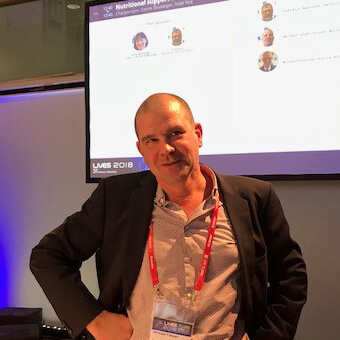EPANIC TRIAL AND IMPACT ON ESPEN GUIDELINES

Prof. Michael Casaer
Interview with Professor Michael Casaer, Intensive Care Unit of University Hospital of Leuven, by Meg Blogg Marquardt, Nestlé Health Science
From ESICM Paris 23rd October 2018
MB: Good morning, Professor Casaer. How are you?
MC: Fine, thanks.
MB: We are here in Paris at the ESICM. I’m with Professor Michael Casaer who is working in intensive care at the University Hospitals in Leuven in Belgium. He’s also been one of the contributors to the ESPEN guidelines recently published a couple of weeks ago and was the primary author of the EPaNIC trial from 2011. So thank you for joining us today.
MC: My pleasure. Thank you.
MB: We wanted to ask you about the ESPEN guidelines…
MC: Okay.
MB: …and what you see the most significant changes to the prior edition of the guidelines that came out several years ago?
MC: Well, I think we’re very lucky because since the previous guidelines, over the last 10 years, we have so much more hard data from randomized controlled trials allowing us to make it really evidence-based guidelines, there’s quite a lot of meta analyses in them and I think…I dare say that today the guidelines have more level-A recommendations than the previous guidelines and these level-A recommendations are really built on strong data from randomised controlled trials. While, on the other hand, where we didn’t have enough data, we clearly labelled it as zero-level recommendations in which “you can”, or “you may” do this or that. So I think that’s a good thing. The separation between what we know and what we don’t know is better. Then I think we’re able with this group of authors to agree upon introducing a lot of prudence, to be careful, to not push it too far, push it too early, too high on the field of energy and also regarding protein. So we…where we weren’t sure about the timing, we’ve always been rather reluctant to be convinced pushing people to go very early into very high doses. And I think also that we, rather than going into endless conflicts about a day more or earlier or later for initiation of enteral or parenteral nutrition, whatever, we aggregated the data that we had, resulting in, for example, this recommendation to start parenteral nutrition after three, to seven days when enteral nutrition is not possible just integrating data from the Swiss trial and from our own EPaNIC trial rather than endlessly trying to polarise them, the one against the other.
MB: Well, it’s been quite a common theme in many of the sessions that there’s a lot still that is not known and a guideline is a guideline, and it seems that a lot of conclusions have been we have to be individual in the prescription, we can’t be prescriptive to all the population and all the intensivists have different levels of knowledge.
MC: Yes, I think we agree more and more to base our targets rather than on one fixed target, taking into account the tolerance, taking into account disease severity, and while we realise now much more than we thought that probably if you’re more critically ill and more acutely ill you need less because you have more endogenous liberation of nutrients. So that’s really a paradigm change because 10 years ago you are still convinced that the iller you were the earlier you needed more feeding. So that’s an important thing. And we also realised more than before that any kind of simple rule to estimate energy needs will not work, so that if you really want to know the energy expenditure, indirect calorimetry may be very interesting, but this only is reliable once the endogenous nutrient production goes down because even the indirect calorimetry is not able to give you a number for the endogenous production and that’s what we’ve learnt really over the last years, that even indirect calorimetry guided nutrition can result in overfeeding if you do it very early while the patient is still mobilising a lot of his own in stores.
MB: There was a lot of nutrition sessions here at the ESICM this year and it seems to be more and more discussed in a metabolic context rather than just protein and energy and really the overall impact of what is happening to the patient.
MC: Yes, we’re really trying to put these things together, and we became humble, of course, because we had so many different experiences and then people saying, like, after the EPaNIC trial, yeah, okay, but this didn’t work because it should have been more protein and it should have been more tailored energy. And then we had Matilda Allingstrup doing a great job, very individualised early nutrition guided by the protein balance, guided by indirect calorimetry and still it didn’t work, it was, in fact a negative study but a very important study showing us that, yes, it should be individualised and, no, we don’t know exactly today how it should be done. Probably the most important thing is to consider disease severity and take into account that being more severely ill might be a reason to feed less. And the same with the idea of malnourished patients, where 10 years ago we were more convinced that the more malnourished you were the earlier you needed feeding. Well, now, again, also there, particularly also with the re-feeding trial, we think that in these patients, although feeding is very important, being careful is even more important.
MB: So much that it’s still unknown. What are your expectations of the impact of these guidelines in the coming years?
MC: I think they will be helpful. I think already on this congress we agreed on maximally citing them and also telling people if ever we would not agree with them, but I think as we are all co-authors, we should basically be agreeing upon what’s in there. And I got this positive feedback that many people thought that the message was more clear now, clear without being simplistic and without treating our colleagues as if they were children. I mean, of course, we have to admit when things are not helpful. So I think they will help improve practice and I think they will be a good setting of the actual scene, helping people that want to do new trials to know what they should be looking into.
MB: And a common language that encompasses nearly every element of nutrition.
MC: And I think that, in fact, every recommendation, with a recommendation level-zero tells you that there is an interesting trial to do.
MB: Okay. That’s another way of looking at it. Well, congratulations, it’s a very big job and I’m looking forward to seeing how the impact will be.
MC: Thank you very much.
MB: I wanted to ask you one more question. So at this congress here, what have been some of the headlines that you’ve observed since you’ve been here?
MC: Well, I think for the nutritional field, the first results from the TARGET trial, from our friends from Australia, New Zealand, of course, it’s very important. It’s a pragmatic trial, it’s a typical ANZICS trial, you might say…
MB: Maybe you can give a little bit of a description of what the trial was.
MC: Yes, it was a trial in 4,000 people, patients, randomising them to blinded, high-energy versus normal energy enteral nutrition and the control group received, over the 28-day intervention, so this goes beyond the first week of the ICU, that ‘s also very important, received a fair amount of energy, I think around 1,400 Kcal or something. And then high energy group really went into high doses, what we would nowadays call overfeeding but, in fact, it didn’t do anything, it didn’t cause any harm.
MB: Okay.
MC: And until now it didn’t…there’s no benefit reported but the functional outcome is still being awaited.
MB: Okay.
MC: But the surprising thing, taking into account our previous data regarding enteral but also parenteral feeding, is that they safely got away with giving these doses of energy. And one reason may be that they didn’t increase the protein load, so it was enhanced feeding but no enhanced protein loading. Is this the explanation? I don’t know.
MB: So do you think there’ll be any clinical impact as a result of this study at this stage?
MC: I think the study further supports what we say in the ESPEN guidelines, that there is probably not much gain in pushing energy intake higher and higher and if there is not much gain and there maybe some harm, it may be better, particularly when we acknowledge that we don’t know how to individualise the targets, to be not too aggressive because if it doesn’t help, and it may in some settings be a problem, then may be we’d just better don’t do it, just keep it all a bit moderate until we have more information for adequate individualised adaptations of the dose.
MB: Well, that’s a great way to conclude. Thank you very much.
MC: Thank you. Thank you. MB: Thank you, Professor.
END.
